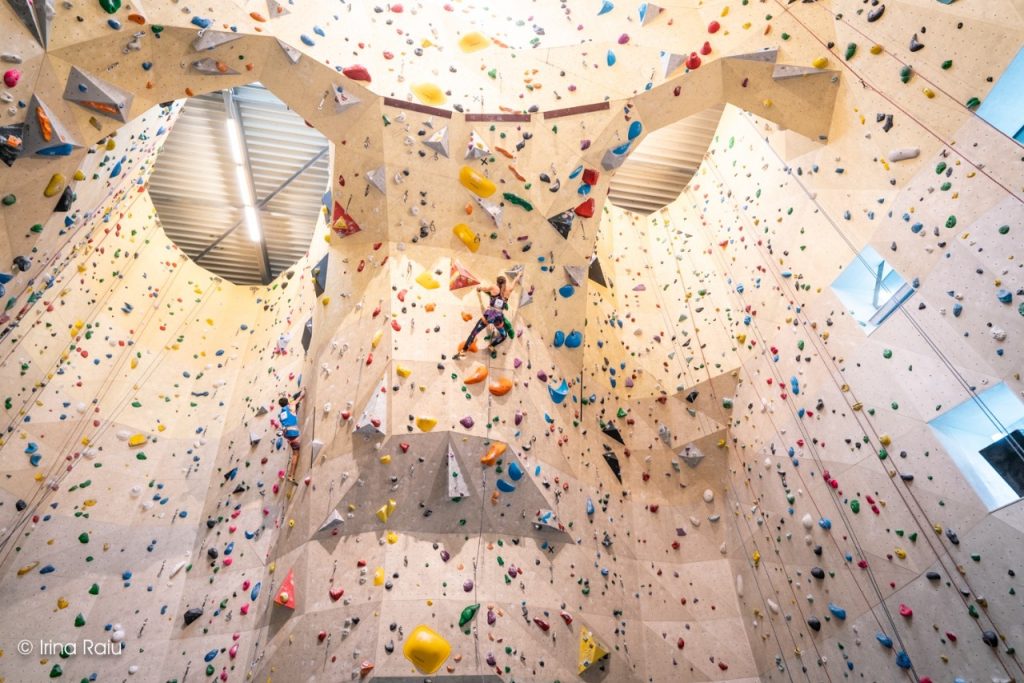Hiking classes offer structured learning activities for persons eager to explore the straight world. These classes appeal to climbers of levels, from beginners using their first steps on the wall to experienced experts seeking to improve their skills or handle new challenges. Generally, hiking programs are designed and light emitting diode by skilled instructors who impart their information, knowledge, and passion for hiking to participants.
The curriculum of a hiking course usually addresses a wide range of topics required for safe and enjoyable climbing. Beginners may understand essential abilities such as for instance tying knots, belaying techniques, correct gear application, and basic hiking movement. Intermediate programs may delve in to more complex matters like cause climbing, anchor creating, option examining, and chance management. Advanced courses may possibly give attention to specific processes for several types of hiking, such as for example trad climbing, sport hiking, or bouldering, in addition to advanced relief and self-rescue skills.
Hands-on practice is a main component of hiking courses, letting players to apply what they’ve discovered in a controlled setting beneath the guidance of instructors. Hiking gyms, outdoor crags, and specific education facilities give the right venues for sensible skill development. Participants receive individualized feedback and training from instructors, helping them improve their methods and construct assurance on the wall.
Beyond complex abilities, hiking programs often stress important aspects such as hiking integrity, environmental stewardship, and chance assessment. Members understand Leave Number Track principles, responsible outdoor conduct, and the importance of preserving climbing areas for future generations. Also, they get insights to the intellectual aspects of climbing, such as aim setting, overcoming fear, and maintaining focus and attention all through complicated climbs.
Many climbing classes also provide possibilities for community making and camaraderie among participants. Climbing is inherently a cultural activity, and classes provide a helpful atmosphere where climbers may join, reveal activities, and encourage each other to drive their limits. Whether it’s cheering on a other climber while they tackle a difficult path or celebrating achievements together at the end of the course, the feeling of camaraderie fosters a strong sense of belonging within the climbing community.
Safety is paramount in hiking, and climbing courses prioritize training individuals just how to evaluate and mitigate risks effectively. From proper gear inspection and maintenance to emergency techniques and conversation practices, individuals understand necessary protection practices that are crucial for a safe climbing experience. Instructors instill a lifestyle of security consciousness and enable participants to produce educated decisions while climbing independently.
Hiking programs frequently offer a pathway for people interested in pursuing kurs wspinania as a lifetime career or getting licensed instructors themselves. Qualification programs and mentorship possibilities give ambitious instructors with the training and advice they need to teach climbing skills successfully and responsibly. Through a mix of class training, useful knowledge, and mentorship, players gain the data and self-confidence to cause hiking programs and share their desire for hiking with others.

To sum up, hiking courses offer important understanding activities for climbers of degrees, providing a organized pathway for skill development, particular development, and community engagement. Whether it’s understanding standard techniques, refining advanced skills, or pursuing a career in climbing instruction, participants benefit from expert training, hands-on exercise, and a encouraging learning atmosphere that fosters a lifelong love for climbing.
